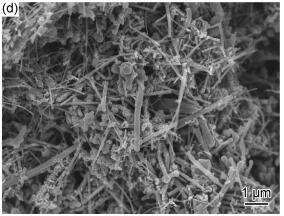 PDF(2482 KB)
PDF(2482 KB)


无黏结剂柔性Si/CNT/纤维素复合阳极及其电化学性能
李旭, 孙晓刚, 王杰, 陈玮, 黄雅盼, 梁国东, 魏成成, 胡浩
材料工程 ›› 2020, Vol. 48 ›› Issue (4) : 139-144.
 PDF(2482 KB)
PDF(2482 KB)
 PDF(2482 KB)
PDF(2482 KB)
无黏结剂柔性Si/CNT/纤维素复合阳极及其电化学性能
 ({{custom_author.role_cn}}), {{javascript:window.custom_author_cn_index++;}}
({{custom_author.role_cn}}), {{javascript:window.custom_author_cn_index++;}}Flexible Si/carbon nanotubes/cellulose composite anodes without adhesive and its electrochemical properties
 ({{custom_author.role_en}}), {{javascript:window.custom_author_en_index++;}}
({{custom_author.role_en}}), {{javascript:window.custom_author_en_index++;}}
| {{custom_ref.label}} |
{{custom_citation.content}}
{{custom_citation.annotation}}
|
/
| 〈 |
|
〉 |